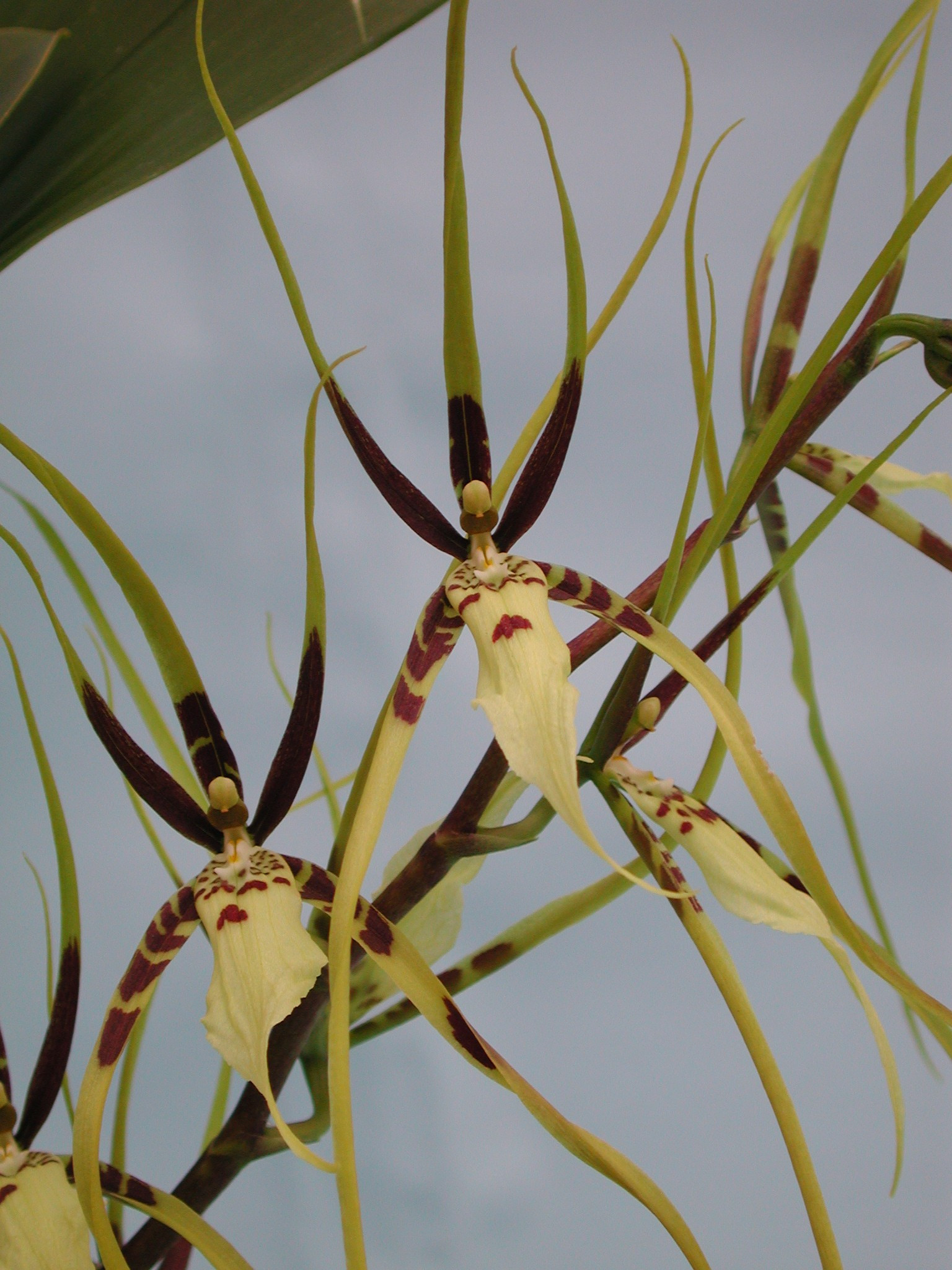Brassia Rex
Are you a plant lover looking to add something unique and beautiful to your collection? Look no further than brassia rex, a stunning spider orchid hybrid that is sure to turn heads.
Pain Points of Brassia Rex
While brassia rex can be a rewarding plant to own, it does have a few pain points to consider before bringing one home. This orchid requires specific care and attention, particularly when it comes to watering and light levels. Neglecting these needs can result in a plant that fails to thrive, frustrating even the most experienced plant enthusiasts.
The Target of Brassia Rex
Brassia rex is a popular choice for those who are familiar with orchid care and are looking to add something new and challenging to their collection. Its unique appearance and delicate blooms make it a favorite among collectors, while its demanding care routines can present a satisfying challenge.
Summary of Brassia Rex and Related Keywords
Brassia rex is a spider orchid hybrid that requires specific care and attention to thrive. While it can be a difficult plant to care for, its unique appearance and delicate flowers make it a popular choice among orchid enthusiasts.
My Experience with Brassia Rex
As a long-time plant lover, I was immediately drawn to brassia rex for its unique appearance and delicate blooms. However, I soon found out that this plant can be quite fussy when it comes to care. I struggled with finding the right balance of light and water for my plant, but with a lot of research and patience, I am happy to say that my brassia rex is now thriving and producing beautiful flowers.

To properly care for brassia rex, it is important to provide it with bright, indirect light and to keep it evenly moist but not soggy. It is also important to avoid over-fertilizing, as this can cause damage to the plant's delicate roots.
Tips for Caring for Brassia Rex
If you're interested in adding a brassia rex to your collection, there are a few key things to keep in mind when it comes to care. First, be sure to provide it with the right amount of light – too much or too little can cause harm to the plant. Additionally, water your plant regularly to keep it adequately hydrated, but be sure to avoid overwatering. Finally, be sure to keep an eye out for signs of pests or disease, as these can quickly damage your plant.

Understanding Brassia Rex and Its Unique Requirements
Brassia rex is a fascinating plant to care for, as it requires a very specific set of conditions in order to thrive. This plant thrives in bright, indirect light, and should be watered regularly to keep the soil evenly moist but not soggy. Additionally, it is important to avoid over-fertilizing, as this can damage the plant.
Troubleshooting Brassia Rex Problems
If you're struggling to care for your brassia rex, there are a few common issues to look out for. Yellowing leaves can be a sign of overwatering, while brown or black spots can indicate a pest or disease problem. Additionally, if your plant is not producing blooms, it may be due to insufficient light or a lack of proper nutrition.
My Personal Favorite Aspect of Brassia Rex
While I appreciate the delicate beauty of brassia rex, my personal favorite aspect of this plant is the sense of accomplishment that comes with successfully caring for it. This orchid can be quite challenging to care for, requiring a careful balance of light, water, and nutrients. However, with time and patience, it can be incredibly rewarding to watch this plant thrive.
Questions and Answers About Brassia Rex
Q: How often should I water my brassia rex?
A: Brassia rex should be watered regularly, but it is important to avoid overwatering. Watering once or twice a week is usually sufficient, but this may vary depending on the humidity levels in your home.
Q: What is the best type of soil for brassia rex?
A: Brassia rex requires a well-draining soil that is high in organic matter. A mix of bark, perlite, and sphagnum moss is a popular choice among orchid enthusiasts.
Q: Can brassia rex be grown outside?
A: Brassia rex is typically grown indoors, as it requires specific conditions in order to thrive. While it may be possible to grow it outside in some climates, it is important to provide it with shade and protection from the elements.
Q: How often should I fertilize my brassia rex?
A: Brassia rex should be fertilized once a month during the growing season, using a balanced, water-soluble fertilizer. Avoid over-fertilizing, as this can damage the plant.
Conclusion of Brassia Rex
Brassia rex is a stunning spider orchid hybrid that requires careful attention and specific care in order to thrive. While it can be a challenging plant to care for, it is also incredibly rewarding for those who put in the time and effort. With the right care, brassia rex can be a beautiful addition to any plant collection.
Gallery
Brassia Rex Orchid Hybrid Care And Culture | Travaldo's Blog

Photo Credit by: bing.com / rex brassia orchid culture hybrid care cm length
Brassia Rex | Orchideen-Wichmann.de - Höchste Gärtnerische Qualität Und

Photo Credit by: bing.com /
Brassia Rex - Ecuagenera
Photo Credit by: bing.com / rex brassia ecuagenera
Brassia - Orchids In Our Tropics
Photo Credit by: bing.com / brassia rex sakata christine orchids aos bloom easiest compact version am
Brassia Rex Spider Orchid Hybrid | Plant & Flower Stock Photography

Photo Credit by: bing.com / brassia rex orchid hybrid spider plant